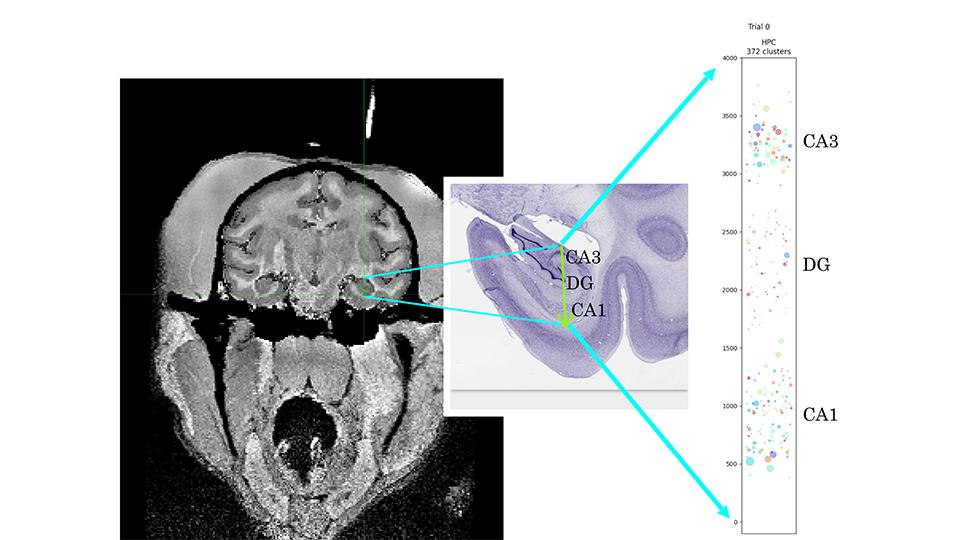Abstract
Neuroscientists have traditionally characterized neuronal response selectivity to reveal how the brain represents emotional states. For instance, neurons in basolateral amygdala (BLA) respond selectivity to positive and negative valence. However, emotions involve more than valence, and it is unclear how BLA encodes all relevant variables. If each neuron encodes one variable, then readouts of different variables would not interfere with each other, and readouts would also generalize across conditions. But can these computational properties be realized if neurons lack specialization? We tested this by presenting stimuli to mice that elicited two responses: tremble and ingress into a burrow, reflecting fear and flight to safety. BLA inactivation eliminated differential responses to aversive and neutral stimuli without eliminating responses themselves, suggesting BLA signals valence, not motor commands. However, two-photon imaging revealed that neurons exhibit mixed selectivity for stimulus identity, valence, tremble and/or ingress. Despite this, BLA population activity represented valence, tremble and safety within low-dimensional geometries, reflecting linear mixed selectivity and enabling generalization across conditions. Further, tremble and valence coding directions were orthogonal, eliminating interference between readouts. Thus BLA can achieve specialized readouts of variables describing emotional states with particular representational geometries, not requiring neurons with specialized selectivity.

Biography
Daniel Salzman is a Professor in the Departments of Neuroscience and Psychiatry at Columbia University, where he has been on faculty since 2001. He also is an Investigator at the Zukerman Mind Brain Behavior Institute at Columbia. He received his M.D., Ph.D. and clinical training at Stanford University. His dissertation research was conducted in Bill Newsome’s lab, where he studied neural mechanisms underlying perceptual judgements of motion direction. In his own lab, he initially focused on the neurophysiology of the amygdala in non-human primates. Over the years, the focus of his research has expanded, with half of his laboratory now employing mice as an experimental preparation. The overarching goal of his research program is to understand the neural basis of mental states, with an eye towards understanding what goes awry in neuropsychiatric disorders.
